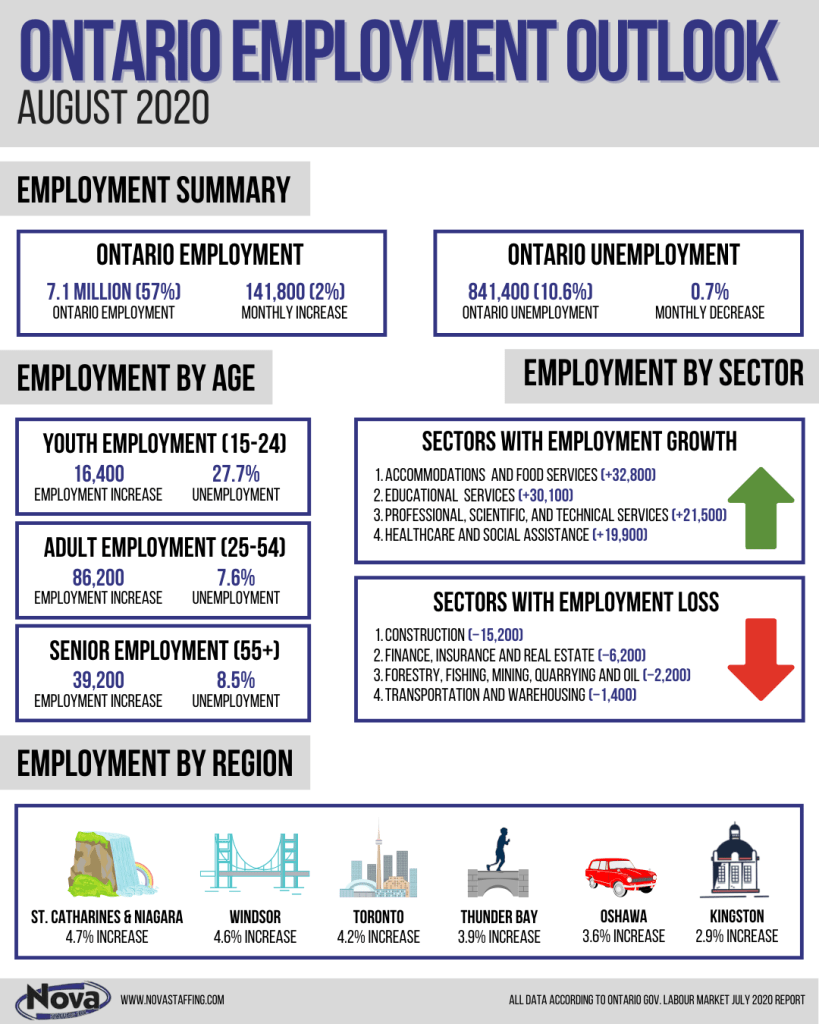People will come and go in any company, but high employee turnover is bad for business. Companies lose time, money, and productivity having to train new staff to replace those that left. It can also make your team become demoralized, distracted, and disenfranchised by how many people rotate through. High turnover rates could mean there’s something wrong in your business culture or practices, or it could just mean you’re hiring the wrong people! Here are a few ways a professional recruitment agency can help you attract and retain employees.
Save Time
It’s not unusual to have weeks or even months between when an employee leaves the business and when their replacement starts. During this time, your remaining team members will be picking up the slack, resulting in lower productivity and more stress. A recruitment agency can drastically reduce the amount of time between employees leaving and new ones starting. Recruitment agencies solely focus on hiring, know how to write enticing job listings, and have a pool of talent available to them, allowing them to fill vacant positions much faster than a company could do on their own. Employment agencies can also find quality temporary staffing to bridge the gap.
Qualified and Skilled
One of the best ways to reduce high turnover is to hire qualified candidates. Hiring unqualified or under-skilled employees can cause resentment with current employees, increase stress for everyone, and unsatisfactory work that reduces productivity. Unqualified employees tend to leave once they realize they can’t do the job effectively, resulting in your company having to start the hiring process over again. Recruitment agencies know how to find quality candidates that can jump into the position, making a great impression, and immediately start getting results.
Right Fit
Finding the right candidate isn’t just about experience or skills. Company culture and personality also play a role. Recruitment agencies will learn what your business does and how it does it. By understanding your company culture, employment agencies can ensure the candidates they send your way are qualified and fit in with your team. New hires that don’t fit in with your company will leave, no matter how good at the job they are or how much you pay them. It’s crucial to hire employees who are the right fit, and that can help move your company forward with everyone else.
Training and Transitioning
A recruitment agency’s job isn’t always done once they fill a vacant position. Many staffing agencies also help with onboarding and training to ensure a smooth transition for the candidate. By checking in with them and providing them with a point of contact, new hires will feel heard and valued. A recruitment agency can help support new hires, making them feel more comfortable in their new role so that they’ll want to stay.
Does your company need help with filling vacant positions? Contact Nova Staffing today! We’re one of the best employment agencies in Toronto and Brampton. Our team of HR experts is ready to help your business with all of your staffing needs.















